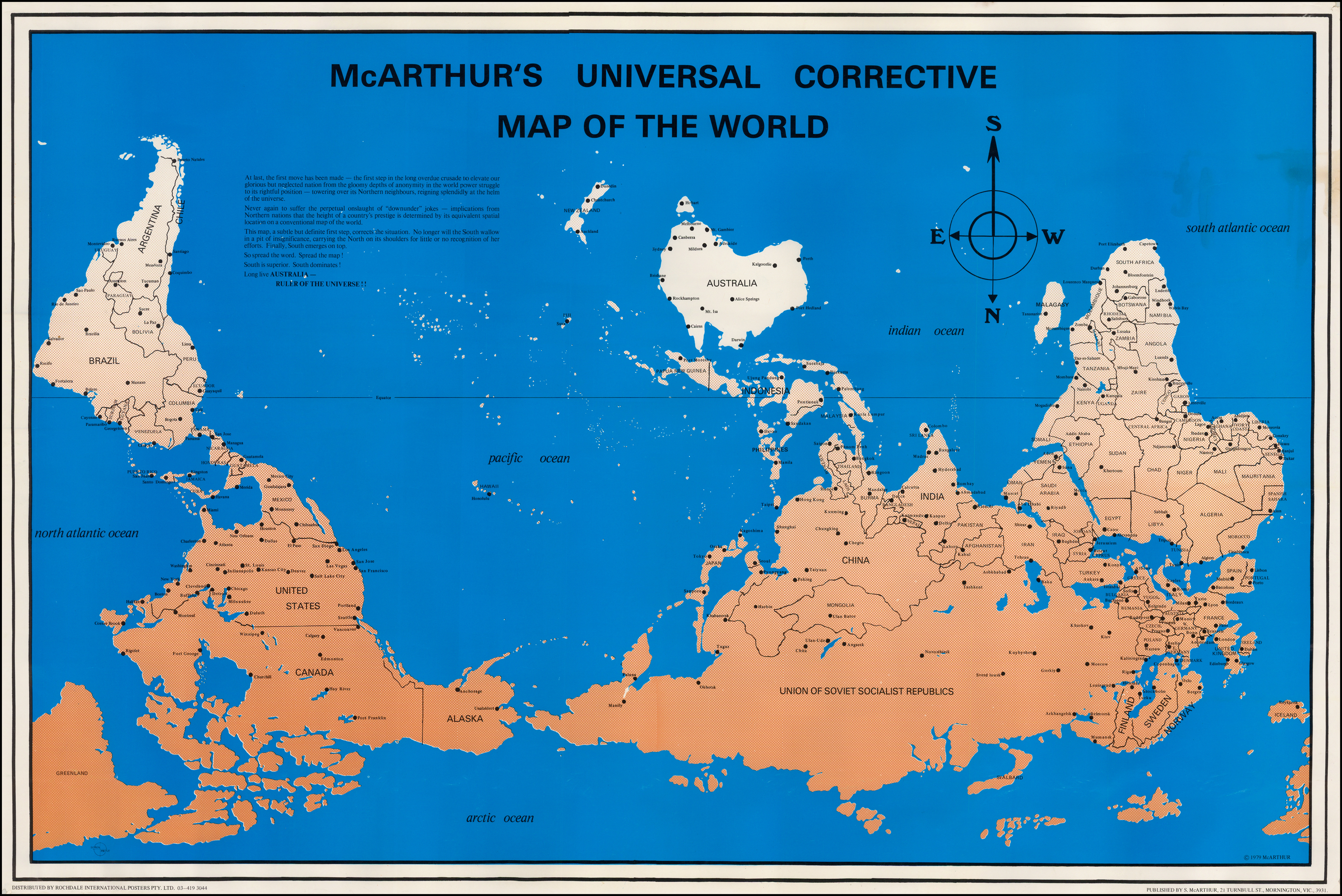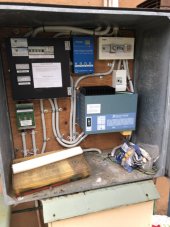Iristocratmusic
New Member
Hi all
I’m from an area a few hours drive south of Sydney on the eastern coast of Australia.
We have a cabin in an isolated farming area. No mains power or water etc.
The house still has a solar set up..: but the agm batteries went about 5 yrs ago… just in time for us to buy the place.
We got quotes to replace the agm batteries but it was so expensive.
The solar panels are also quite old… 12-20 yrs old. 3 different types.
I’m seeking advice on the best solar upgrade option.
Till now I have run our Honda 2200 inverter generator at night for lights or to run the vacuum / washing machine. The fridge is gas. Oven is gas. Hot water is gas.
My wife and I are preparing to spend the next 4 months there.
I don’t want to be running the generator when the solar options are so much better.
I have looked at will’s videos… (really informative so from us in Australia:thank you ).
I’ve considered a plug and play unit… the bluetti 200max or ac300;
But then it doesn’t really need to be Portable.!
So I’ve looked a little at building my old w. 24v system w 240v inverter .
I don’t know much about electronics though… but al willing to learn and will have some time
In that 4 month period.. but ideally I need to buy the solar gear soon to be ready.
The expected load will be:
Lights ( led house lights … maybe 10 max)
Charging phones , laptops , tool batteries
Sound (music) system
Modem
Occasional :
Washing machine
Vaccuum
Guitar amps
Tv
Ceiling fans
After the 4 month living off grid we will be back to city work only returning every
2 months for a few days.
Any suggestions / ideas greatly appreciated
Thx
Luke ( bemboka , Nsw Australia)
I’m from an area a few hours drive south of Sydney on the eastern coast of Australia.
We have a cabin in an isolated farming area. No mains power or water etc.
The house still has a solar set up..: but the agm batteries went about 5 yrs ago… just in time for us to buy the place.
We got quotes to replace the agm batteries but it was so expensive.
The solar panels are also quite old… 12-20 yrs old. 3 different types.
I’m seeking advice on the best solar upgrade option.
Till now I have run our Honda 2200 inverter generator at night for lights or to run the vacuum / washing machine. The fridge is gas. Oven is gas. Hot water is gas.
My wife and I are preparing to spend the next 4 months there.
I don’t want to be running the generator when the solar options are so much better.
I have looked at will’s videos… (really informative so from us in Australia:thank you ).
I’ve considered a plug and play unit… the bluetti 200max or ac300;
But then it doesn’t really need to be Portable.!
So I’ve looked a little at building my old w. 24v system w 240v inverter .
I don’t know much about electronics though… but al willing to learn and will have some time
In that 4 month period.. but ideally I need to buy the solar gear soon to be ready.
The expected load will be:
Lights ( led house lights … maybe 10 max)
Charging phones , laptops , tool batteries
Sound (music) system
Modem
Occasional :
Washing machine
Vaccuum
Guitar amps
Tv
Ceiling fans
After the 4 month living off grid we will be back to city work only returning every
2 months for a few days.
Any suggestions / ideas greatly appreciated
Thx
Luke ( bemboka , Nsw Australia)






